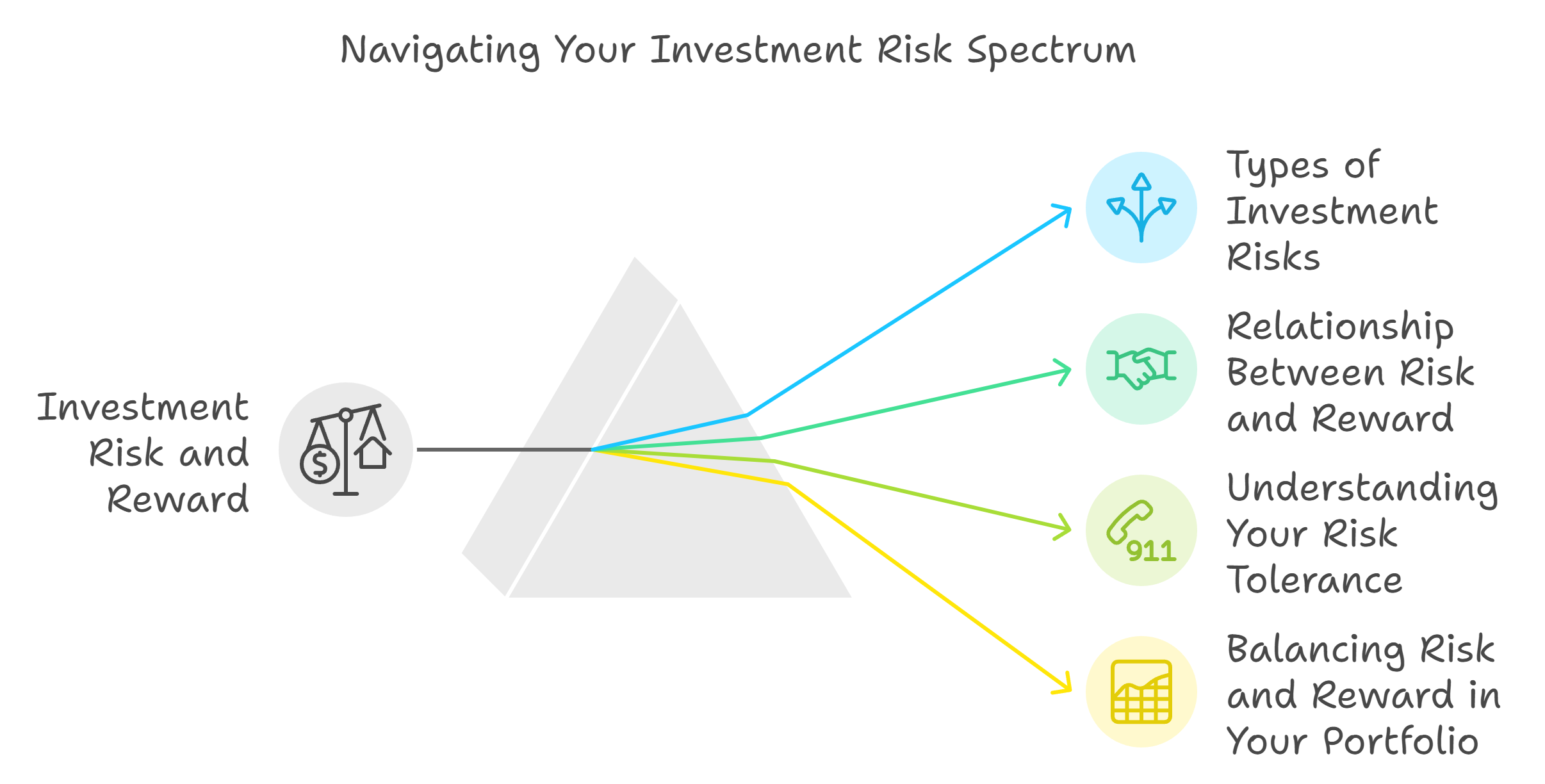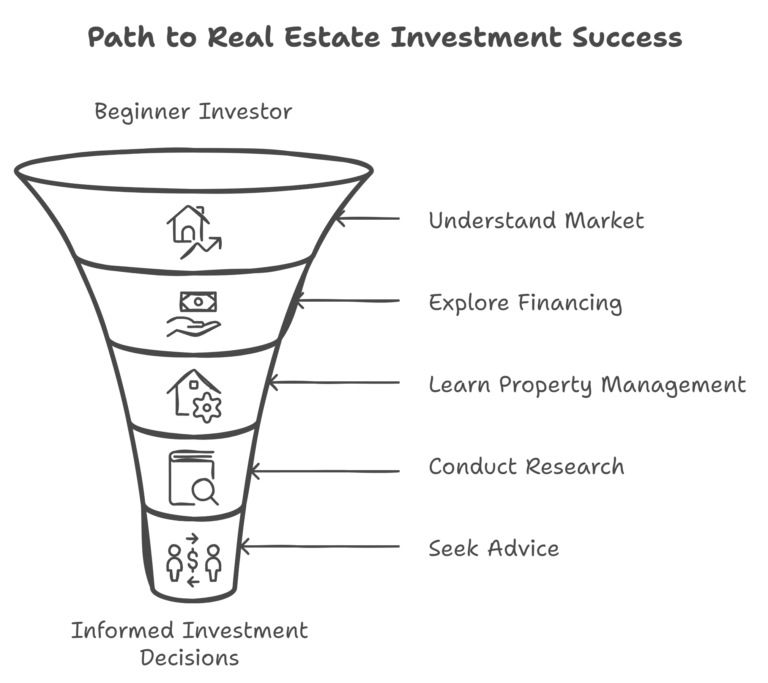Table of Contents
Introduction
Investing always comes with a level of risk — there are no guarantees. But taking on some risk is essential for achieving meaningful returns. The question is, how much risk are you comfortable with? Are you someone who can handle the rollercoaster of market ups and downs, or do you prefer a more stable ride? Understanding your risk tolerance is key to developing an investment strategy that helps you reach your goals without keeping you up at night. In this blog, we’ll break down what risk is, how it impacts investments, and how to find your own comfort zone when investing.
What is Investment Risk?
Investment risk is the possibility that you might lose some or all of your invested money. Essentially, it’s the uncertainty surrounding an investment’s future returns. Different types of investments come with different levels of risk, and understanding what you’re comfortable with helps you make better decisions.
- High-Risk Investments:
These include assets like stocks, cryptocurrencies, and startups. While the potential for higher returns is greater, the likelihood of losing money is also higher. - Low-Risk Investments:
These include bonds, certificates of deposit (CDs), and money market funds. They provide more stability but generally offer lower returns compared to higher-risk investments.
Example:
If you invest in a startup, you might earn a huge profit if the company becomes successful. But if the startup fails, you could lose all of your money. On the other hand, a government bond is likely to provide a modest, steady return with very low risk of losing your principal investment.
Types of Investment Risks
There are various types of risks to consider when investing:
- Market Risk:
Also known as systematic risk, this is the risk of investments losing value due to changes in the broader market. For example, a downturn in the overall economy can lead to stock prices falling, even for companies that are otherwise healthy. - Interest Rate Risk:
Interest rate risk mainly affects bonds. When interest rates rise, the value of existing bonds typically falls, since new bonds may be issued with higher rates that are more attractive to investors. - Liquidity Risk:
Liquidity risk is the risk of not being able to sell an investment quickly at its market value. Real estate, for example, has higher liquidity risk compared to stocks because it can take longer to find a buyer. - Inflation Risk:
This risk affects investments whose returns may not keep up with inflation. If inflation rises faster than the return on your investment, your purchasing power declines. - Credit Risk:
Credit risk applies to bonds and loans. It’s the risk that the borrower will default on payments, causing investors to lose interest payments or principal.
Example:
Imagine you own a corporate bond from a small company. If that company starts struggling financially, there’s a risk that it may not be able to pay you back, which is known as credit risk.
The Relationship Between Risk and Reward
The rule of thumb is that the higher the risk, the higher the potential reward. To earn higher returns, you need to be willing to accept more uncertainty. Conversely, if you prefer more stability, you might need to settle for lower returns.
- Growth Stocks:
Growth stocks are shares of companies expected to grow rapidly, often in technology or emerging industries. They can offer high returns but are also more volatile, meaning their prices can fluctuate dramatically. - Bonds and Savings Accounts:
Bonds and savings accounts have lower volatility, meaning they’re less likely to lose value. However, the potential return is usually lower, which means they are often used as a stable component in a portfolio to offset riskier investments.
Example:
If you invest in a high-growth tech stock, you may see large price swings — both up and down — in the short term. In the long term, you might achieve high returns. Alternatively, if you invest in government bonds, you’ll earn a small, predictable amount each year, with virtually no risk of losing your initial investment.
Understanding Your Risk Tolerance
To find your comfort zone when investing, you need to assess your risk tolerance — the level of risk you’re comfortable taking in your investments. Here’s how to determine your risk tolerance:
- 1. Time Horizon:
Your time horizon refers to how long you plan to keep your money invested before you need it. If you’re young and investing for retirement, your time horizon is long, which allows you to take on more risk since you have time to recover from market downturns. If you need the money in the next few years, you’ll likely want to reduce your risk exposure. - 2. Financial Situation:
Consider your current income, expenses, and savings. If you have an emergency fund and stable income, you might be more willing to take on risk. If your financial situation is less secure, you may want to be more conservative in your approach. - 3. Emotional Comfort:
Emotional comfort is an often overlooked but important factor. Ask yourself how you’d react if your investments dropped by 20% in value. Would you panic and sell, or would you remain calm and trust that the market will recover? The ability to stay level-headed during market fluctuations is a good indicator of high risk tolerance.
Example:
Emily, a 28-year-old with no major expenses and a stable job, is comfortable investing in growth stocks because she has time on her side and can wait for the market to recover. On the other hand, John, who’s in his 50s and approaching retirement, prefers bonds and dividend-paying stocks that offer more stability and less risk.
Balancing Risk and Reward in Your Portfolio
A well-balanced portfolio matches your risk tolerance with a mix of high-risk and low-risk investments. Here’s how to achieve a balance that suits your comfort level:
- 1. Diversify Across Asset Types:
Diversification helps spread risk across different types of assets, reducing the impact of poor performance in any one area. A mix of stocks, bonds, and real estate can help balance the risk in your portfolio. - 2. Adjust Based on Your Age:
Generally, younger investors can afford to take on more risk because they have more time to recover from losses. As you age, it’s smart to shift towards more stable investments. - 3. Rebalance Regularly:
Over time, the value of assets in your portfolio will change. Rebalancing is the process of adjusting your portfolio to ensure it still aligns with your risk tolerance and financial goals. For example, if a high-risk stock has grown significantly and now makes up a large part of your portfolio, you may want to sell some shares to bring the risk level back in line.
Finding your comfort zone when investing is all about balancing risk and reward in a way that fits your financial goals and emotional comfort. While higher risk can lead to higher returns, it’s crucial to know your own limits and invest accordingly. Whether you’re an aggressive investor willing to ride out market swings or someone who prefers stability, there are investment options that can help you reach your goals.
Ready to build a portfolio that matches your risk tolerance? Use ValueIt’s platform to explore different investments and analyze how they fit into your overall strategy. With the right knowledge and tools, you can invest confidently, knowing you’re on the path to achieving your financial goals.





